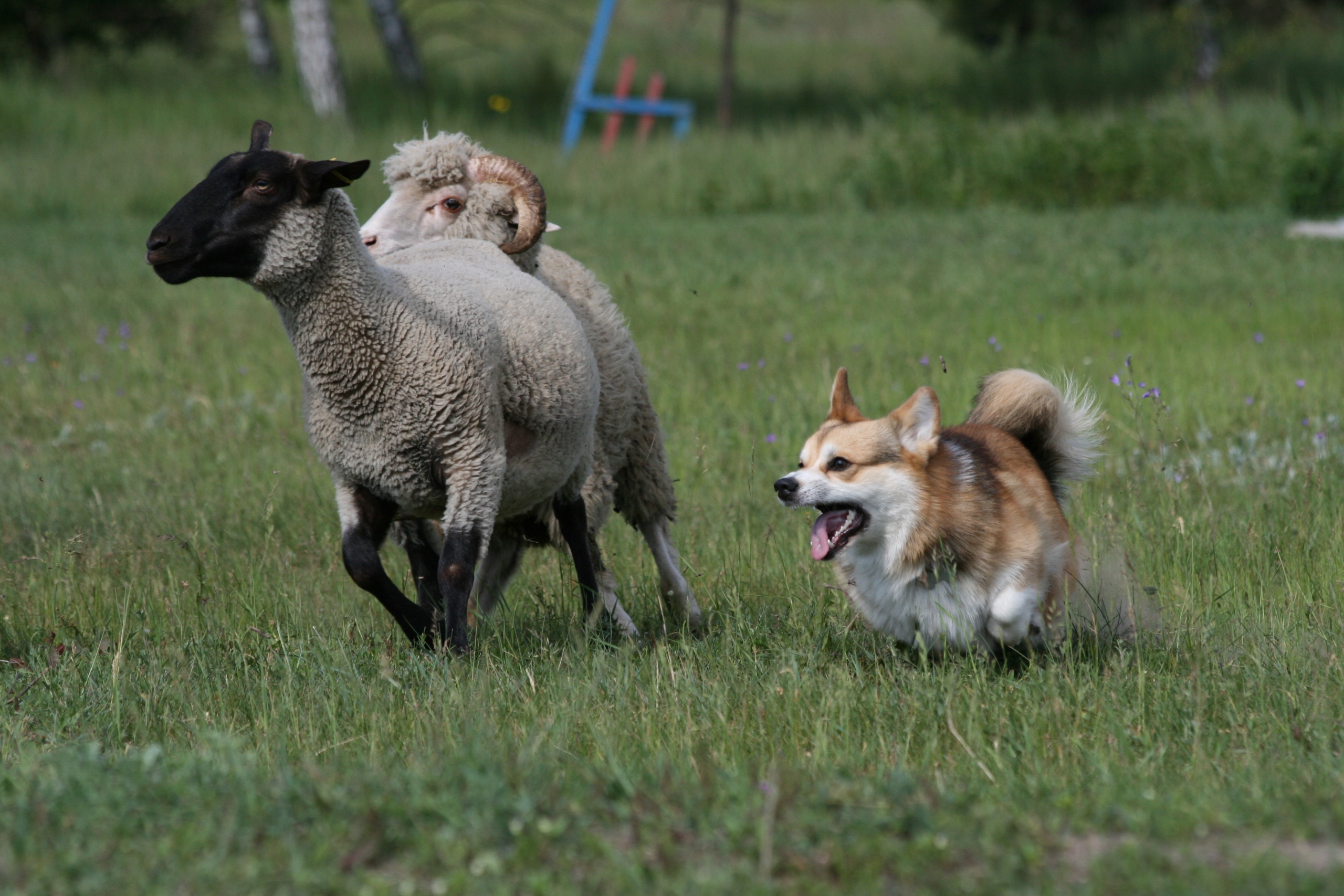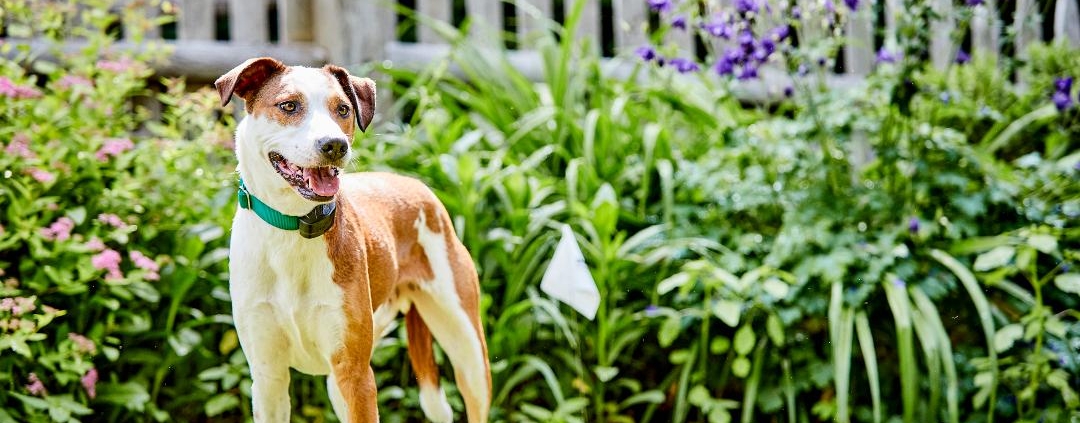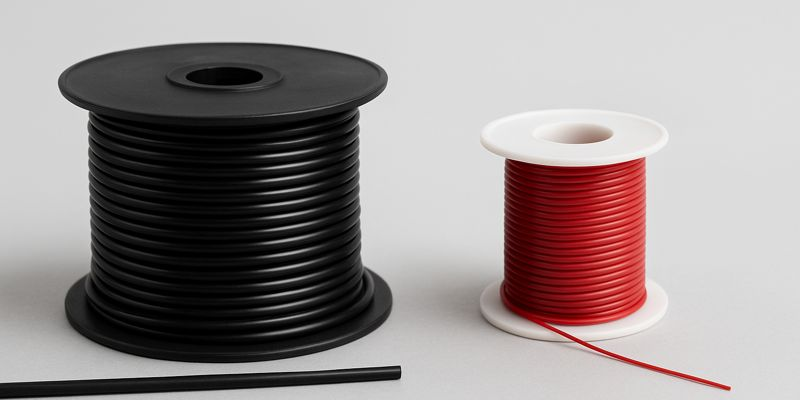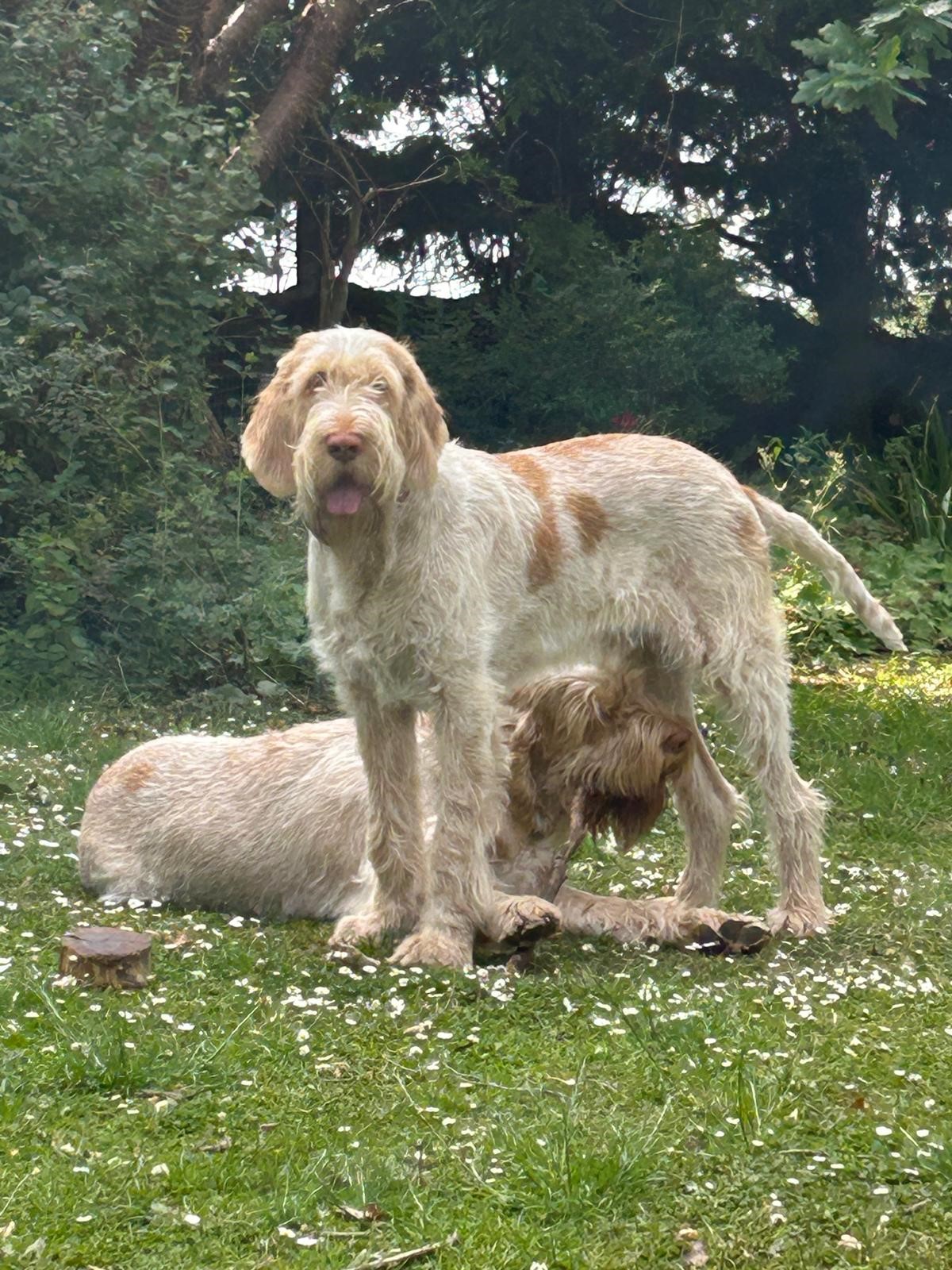Dog Fence Cost UK: A Practical Guide to Hidden Fence Pricing & Value
Updated August 2025
If you’re researching dog fence cost UK options, you’re not alone. Many pet owners are looking for effective ways to keep their dogs safely contained without compromising their garden’s appearance—or spending thousands on traditional fencing. Traditional timber or close-board fencing in the UK typically costs around £110–£120 per metre installed, and the average garden can easily exceed £2,500–£3,000 In this guide, we’ll explore the real costs of both DIY and professionally installed hidden dog fences, help you understand what you’re paying for, and explain how the right system can offer long-term peace of mind and value.
This guide breaks down the dog fence cost UK homeowners can expect to pay, compares options, and explains how the value stacks up long-term compared to traditional fencing or GPS systems.
Dog Fence Cost UK: What You Might Pay
When people talk about the cost of a hidden dog fence, they’re usually referring to a wired containment system using a boundary cable, a transmitter, and a receiver collar worn by the pet. In the UK, the total cost can vary depending on whether you install it yourself or have it done professionally.
DIY Dog Fence Kits
DIY systems offer a more budget-friendly starting point. When comparing dog fence cost UK options, DIY kits typically begin at £299 for a mid-range system and include:
-
A lightweight programmable receiver collar
-
Boundary wire (up to 100m depending on the kit) with additional wire available to buy
-
Flags for visual training cues
-
Transmitter and power adapter
-
Instructions or video guidance
At this price point, our kits use robust cable, weatherproof components, and include built-in safety features like auto shut-off to prevent prolonged correction. Warranty periods range from 2–4 years depending on the model.

Subtle but effective: A professionally installed hidden dog fence with clear training flags in a rural setting – a practical example of safe pet containment without visual barriers.
However, it’s worth being cautious of very cheap kits — often available online for under £50. While these may seem like a bargain, they usually come with:
-
Very thin cable that breaks during installation
-
No lightning protection or backup battery options
-
Weak or unreliable collars with poor battery life
-
No built-in safety features like correction shut-off
-
Tiny training flags (the size of cocktail sticks)
-
No training support or ongoing advice
In short, they’re often a false economy — especially if your pet escapes or becomes fearful due to improper correction.
️ Professionally Installed Systems
Professional installations typically cost between £950 and £1,800, depending on the size and layout of your garden. This cost includes:
-
Boundary survey and cable installation (buried or above ground)
-
Custom collar programming
-
Full pet training session
-
Lifetime warranties on some systems
-
Support for multi-pet households
While more expensive upfront, many owners find this option offers peace of mind – especially for reactive dogs, rural properties, or families with children and pets.
“You came and fitted our setup in the February of this year and it is amazing and worth every single penny. The spaniels fully respect the system and ‘steer’ well away from an open gate. From two naughty ‘we will escape’ pets, we have total peace of mind now. Thank you so much dog fence team.”
Dog Fence Cost UK vs Traditional Fencing
Here’s a quick comparison of average fencing costs in the UK:
| Fence Type |
Approx. Cost (UK) |
| Timber or Close board Fence |
£6,000–£12,000 |
| Metal or Picket Fence |
£10,000+ |
| Wireless GPS Dog Fence |
£700–£1,800 |
| DIY Hidden Dog Fence Kit |
£299–£500 |
| Pro Hidden Dog Fence |
£950–£1,800 |
Traditional fencing costs add up quickly if you need gates, landscaping, or if your dog is a jumper or digger. In contrast, a hidden fence is quick to install and often more reliable at preventing escapes when correctly trained.
Are Hidden Dog Fences Worth the Investment?
Whether you choose a DIY kit or professional system, many dog owners find the dog fence cost UK delivers solid long-term value when you consider the benefits:
-
No more garden repairs from dig-outs or jumping
-
Less stress about road accidents or neighbours
-
Preserves the look of your garden (no big wooden panels)
-
Cheaper than replacing traditional fencing
-
Less need for constant supervision
Even mid-range DIY systems, when properly installed, can last many years and be adjusted for multiple pets or changing garden layouts.
“I just want to say how very impressed I am, finally a Company that does what they say – the installer arrived on time and was excellent – the service from start to finish has been impressive”
Choosing the Right System for Your Needs
If you’re deciding between DIY and pro install, consider:
-
Budget – DIY systems are more affordable upfront
-
Time and confidence – are you comfortable installing the wire?
-
Pet behaviour – reactive or anxious pets may need expert training
-
Garden size – large or complex layouts may benefit from pro help
-
Support needs – professional systems often come with lifetime help
Want to Learn More About How These Systems Work?
Hidden dog fences operate using a radio signal transmitted through a boundary cable. If you’re new to the concept, read our how it works page for a full walkthrough.
Interested in Exploring Your Options?
We offer both DIY dog fence kits and professional installation across England, and we’re happy to chat about what might suit your garden and dog best.
No pressure, just helpful advice based on over 20 years of experience.
{
“@context”: “https://schema.org”,
“@type”: “FAQPage”,
“mainEntity”: [
{
“@type”: “Question”,
“name”: “How much does a dog fence cost in the UK?”,
“acceptedAnswer”: {
“@type”: “Answer”,
“text”: “Dog fence cost UK varies depending on the system. DIY kits start from around £299 and include safety features and durable components. Professionally installed hidden fences typically cost between £950 and £1,800, including training and installation.”
}
},
{
“@type”: “Question”,
“name”: “Is a hidden dog fence cheaper than traditional fencing?”,
“acceptedAnswer”: {
“@type”: “Answer”,
“text”: “Yes. Traditional garden fencing in the UK can cost £100–£300 per metre, quickly adding up for large properties. In contrast, dog fence cost UK for hidden systems is usually under £2,000 and doesn’t affect the garden’s appearance.”
}
},
{
“@type”: “Question”,
“name”: “Are cheap dog fence kits worth it?”,
“acceptedAnswer”: {
“@type”: “Answer”,
“text”: “Ultra-cheap dog fence kits under £50 often have poor build quality, unreliable collars, and fragile cable. They usually lack essential safety features and are not recommended for long-term use. It’s better to invest in a mid-range DIY system with proven reliability.”
}
},
{
“@type”: “Question”,
“name”: “What’s included in the dog fence cost UK?”,
“acceptedAnswer”: {
“@type”: “Answer”,
“text”: “Dog fence cost UK typically includes the transmitter, boundary wire, receiver collar, and training flags. Professional systems also include installation, pet training, and lifetime support or extended warranties.”
}
}
]
}



































